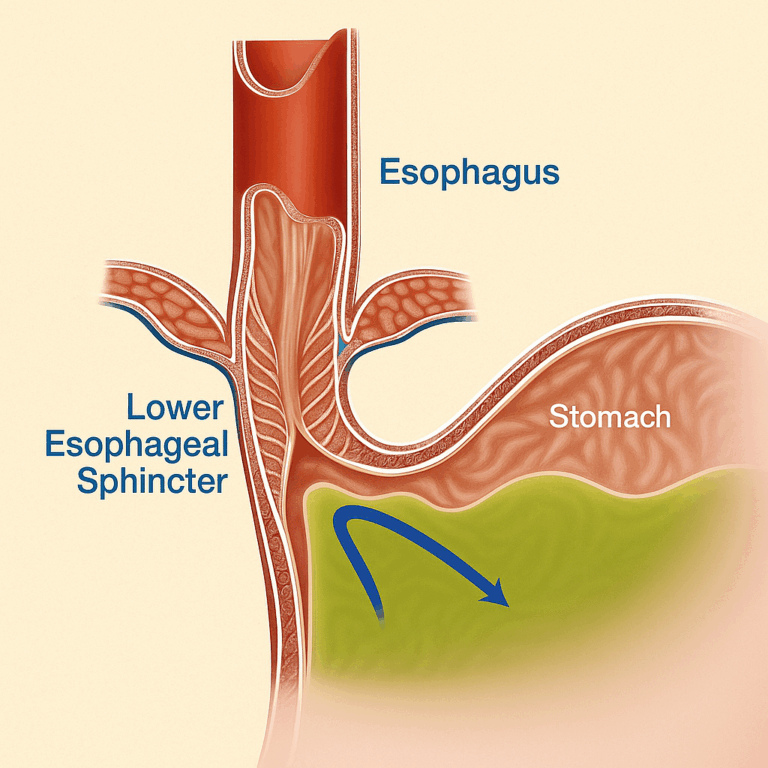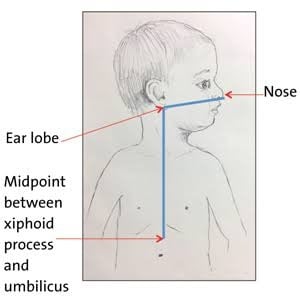Why Tube Placement In Growing Neonates May Change Unexpectedly: A Real NICU Case Study
The Growing Neonate
While visiting a Kentucky children’s hospital, we were waiting to help a nurse use a RightSpot pH Indicator for the first time. The Clinical Educator was with us the entire time.
After looking at the mark placed on the catheter at the nare — a supposed good indication that the tube had not moved — the nurse was experiencing difficulty obtaining aspirate.
Sequence of Events:
First attempt at obtaining aspirate: No aspirate.
Per protocol, nurse positioned the patient on their left side for 5–10 minutes.
Reattempted, but still no aspirate.
Nurse performed a quick measurement to confirm proper insertion depth. She determined it was very close to correct, but perhaps too deep, so she pulled it back 1 cm.
Then the nurse wanted to perform auscultation. After doing so, she felt it was confirmative for correct gastric placement — but we were there to use the RightSpot pH Indicator.
Another attempt with the RightSpot pH Indicator — still no aspirate. Anxiety was starting to set in for the nurse. Was she wasting her time?
The Clinical Educator suggested a 1 cm deeper insertion beyond its initial position. The nurse reluctantly complied, repositioning the tube tip 2 cm deeper.
Again attempted the RightSpot pH test — and IMMEDIATELY obtained aspirate, resulting in a pH of 5.0, confirmative for proper tube tip placement.
Result:
The clinician stated that auscultation had indicated proper position of the tube tip, though a specimen was not obtainable. Advancing the tube and then obtaining aspirate proved that auscultation was not correct. The tube tip wasn’t in the stomach — or was too high in the stomach to obtain aspirate.
(Most tubes have multiple side holes, which must all be below the Lower Esophageal Sphincter (LES).)
See illustration below.

Lessons Learned:
Neonates grow at an alarmingly quick rate. Proper placement one day may be misplaced the next.
The Nose–Ear–Midway between xiphoid process and umbilicus (NEMU) measurement is a basic approximation of the tube length needed to enter the stomach. It is an estimate — not an exact science. That’s why one needs to check with a reliable method like pH or x-ray.
Auscultation is being eliminated for a reason.

Discussion:
While obtaining aspirate took a few attempts, the end result validated the importance of obtaining a specimen and confirming pH. Otherwise, an incorrect assumption may be made, and fluids intended for the stomach could have ended up in the esophagus.
And with the patient positioned on their back, aspiration to the lungs is a real possibility.
Lastly, auscultation is only accurate approximately 50% of the time — so this case reveals why it is being de-implemented worldwide.
Why It Matters:
Babies are fed while positioned on their back, side, or stomach. This allows for best brain oxygenation. If any liquids are put through the tube while the tip is in the esophagus, those fluids could easily flow back to the lungs. Even a micro-aspiration of vapors is harmful. This could lead to an infection, aspiration pneumonia, or death.

